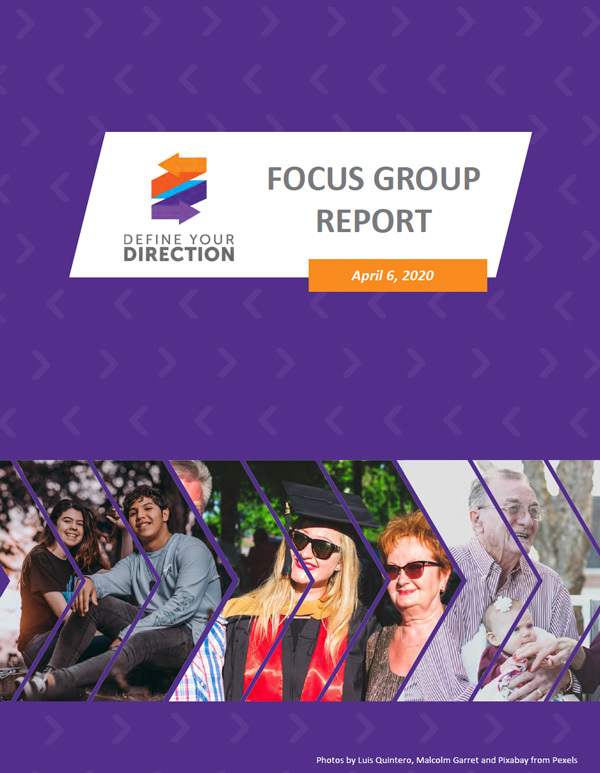Opioid Awareness
Opioid Survey Analysis

Beginning in the fall of 2019, surveys were distributed to individuals at community events within eight counties in southern Oklahoma. The purpose was to understand awareness, behaviors and attitudes regarding opioid medications to determine the target audiences and messages to prioritize in a future marketing campaign.
The survey concluded that men under the age of 25 and older than 55 were at the highest risk of abusing opioids due to their self-reported usage and attitudes toward opioids. However, the risks posed to these two groups were different. Adults under the age of 25 are the least likely to have been prescribed opioids, but the most likely to accept them from a non-medical professional or to take them recreationally. Adults older than 55 are the most likely to receive a prescription and therefore most likely to become dependent.
Nearly half of the adults surveyed describe opioids as being “good” and one-in-four adults would describe them as “fun.” The paradox of opioids being both a highly addictive and dangerous drug as well as a medical necessity makes discouraging use even more difficult.
Read the Full Analysis (PDF download).
Opioid Focus Group Analysis

Beginning in January 2020, a survey of 14 focus groups was conducted with community members Ardmore, Duncan, Tishomingo and Wynnewood, Oklahoma, to discuss drug prevention and opioid awareness. The groups also discussed past drug prevention campaigns to better understand what is most effective in communicating a compelling and convincing anti-drug message to preteens, teens and adults. Opioids are a much more nuanced issue than most drugs since total avoidance is not likely. These focus groups were intended to help us navigate this challenge. In order to receive the most candid responses from participants, specific strategies were developed depending on the age of the participants. The younger the participants, the shorter and smaller the focus groups had to be. Interactive activities were also introduced to help overcome challenges with eliciting candid feedback from teens and preteens.
The main takeaway from the adult focus groups was that most drug prevention campaigns lack the resources parents need to help their children stay away from drugs. They felt that campaigns often describe the problem, but do not provide solutions on what to do. Some participants were candid in describing their own drug misuse issues and that they wish they better understood the long-term consequences before becoming involved with drugs. The focus groups taught us preteens simply do not know what opioids are. Some recognize they come in pill form but could not easily articulate why they were dangerous. A simple message that reinforces that they should not take pills without fully understanding what they do is sufficient until they are old enough to understand the nuances of opioids.
Teens see opioids the same as any other drugs, but recognize they are often introduced initially to treat a medical issue. They were not clear on the side effects or the consequences of the pills. Teens and preteens do not associate “addiction” as being a very strong consequence. They need something more tangible to better understand the negative impact misuse can have on their life. Most teens agreed that the most likely scenario in which they would encounter illegal opioids would be at school.
Read the Full Analysis (PDF download)

